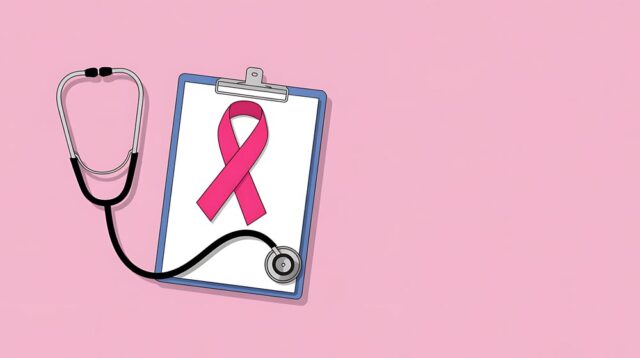Advertisment
Diet can reverse Type 2 diabetes

by Bruce Sylvester: A very low-calorie diet appears to enable adults to reverse type 2 diabetes, and, notably, remain diabetes-free if weight-loss is maintained. Researchers reported these findings on March 22, 2016 in Diabetes Care.
“What we have shown is that it is possible to reverse your diabetes, even if you have had the condition for a long time, up to around 10 years,” investigator Roy Taylor, MD, FRCP, professor of medicine and metabolism at Newcastle University in the United Kingdom, said in a press release. “If you had the diagnosis for longer than that, then don’t give up hope — major improvement in blood sugar control is possible.”
The researchers enrolled 30 adults with type 2 diabetes (duration, 0.5-23 years). They followed a very low-calorie diet for 8 weeks, consisting of three shakes and non-starchy vegetables totaling 624-700 calories per day.
The researchers measured glucose control, insulin sensitivity, insulin secretion, and hepatic and pancreas fat content at baseline, after return to an isocaloric diet and after 6 months from baseline. The isocaloric diet is a moderate-carbohydrate, moderate-fat diet that allows dieters to eat whatever they want as long as they consume the same amount of carbohydrates, proteins and fats daily.
The researchers defined “responders” as those who achieved fasting blood glucose <7 mmol/L after return to an isocaloric diet.
Mean weight fell from 98 kg to 83.8 kg and remained at 84.7 kg after 6 months. And
40 percent (n = 12) of participants became “responders” with a fasting glucose of less than 7 mmol/L after return to an isocaloric diet.
Compared with non-responders, responders had a shorter diabetes duration (P = .007) and lower fasting glucose (P < .001) and HbA1c (P = .01) at baseline.
Non-responders achieved an HbA1c reduction from 8.4% to 8%. Responders achieved an HbA1c reduction from 7.1% to 5.8% (P < .001).
At 6 months, HbA1c levels remained constant in both groups.
“T2DM [Type 2 diabetes mellitus] is a potentially reversible condition,” the authors concluded.





